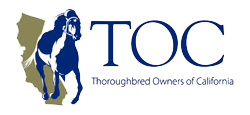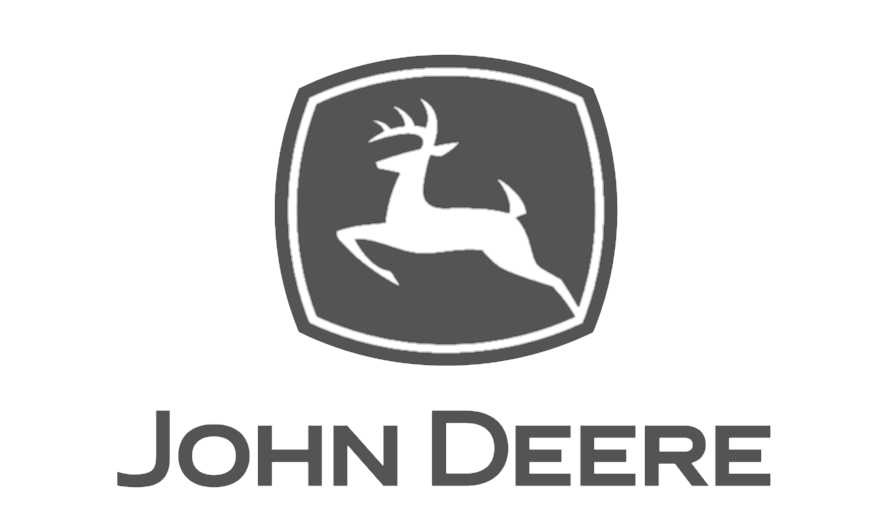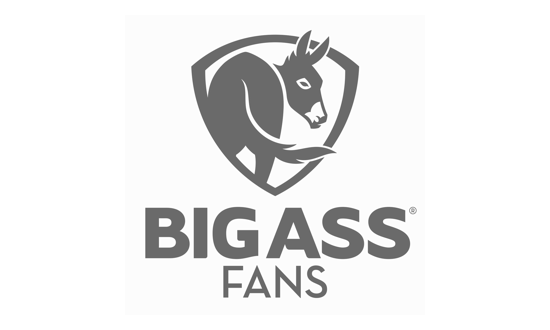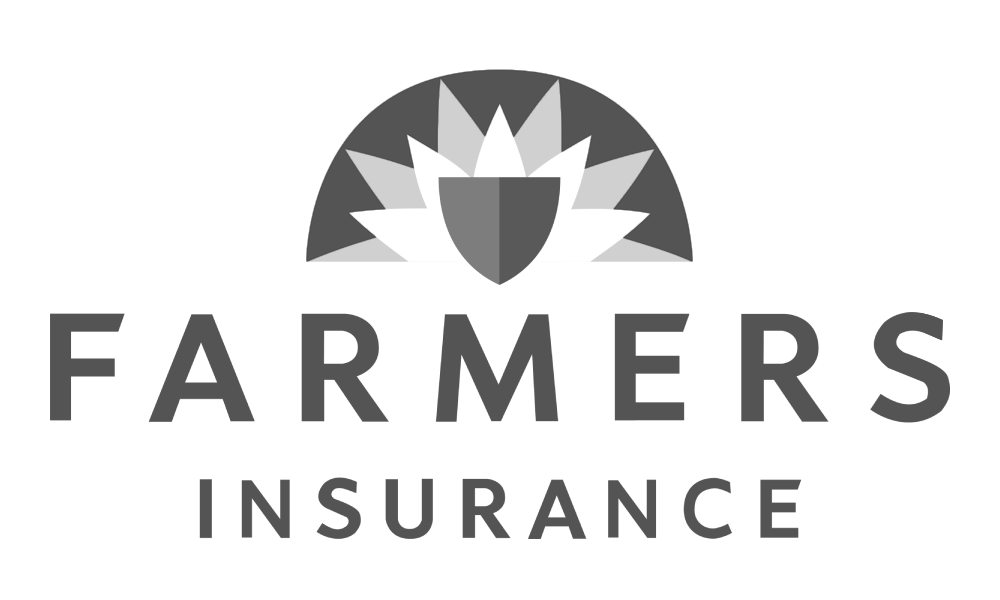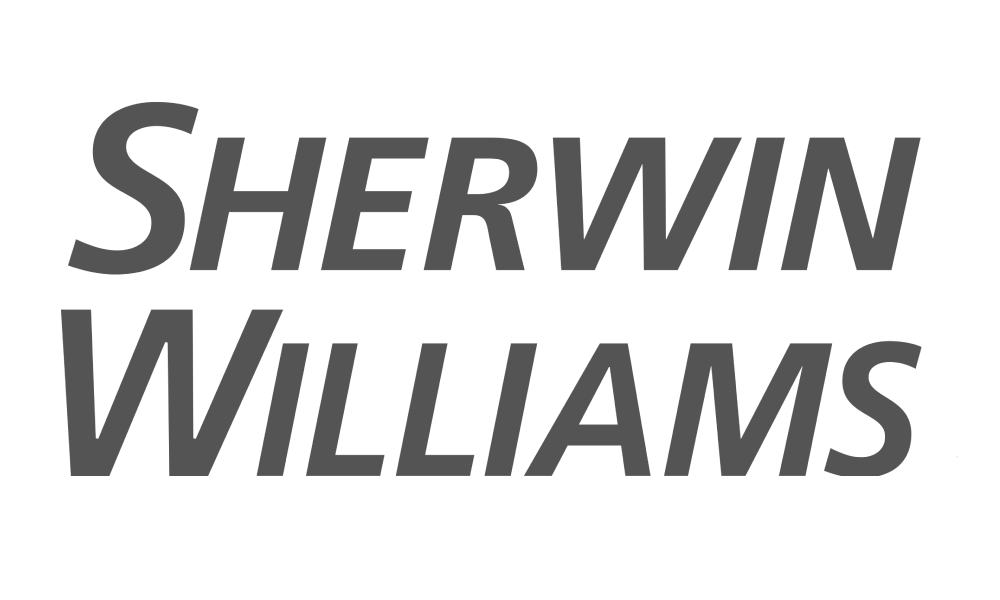Acey-deucy
Indicates that the jockey is choosing to ride with uneven stirrups (a tactic popularized by Hall of Fame jockey Eddie Arcaro, who rode with this inside iron lower than his outside, which he believed helped him achieve better balance on turns).
Action
Besides the meaning associated with wagering, this term is used to describe a horse’s manner of moving.
Added Weight
The racehorse is carrying more weight than the conditions of the race require (and than the program states) – usually because the jockey “failed to make weight.”
Airing
Indicates that the horse was not running at its best speed.
All-age Race
A race for horses two years old and up.
All Out
Indicates that the running horse has extended itself to its utmost.
Apron
The (usually) paved area between the grandstand and the racing surface.
Average-Earning Index (AEI)
A breeding statistic that compares racing earnings of a given stallion’s (or mare’s) foals to those of all other foals racing at that time. (An AEI of 1.00 is considered average; 2.00 is twice the average, etc.).
Baby Race
A race (as short as two furlongs) exclusively for two-year-olds.
Back at the Knee
An expression for a leg that appears to have a backward arc (with its center at the knee) when viewed from the side.
Backside
Refers to the stable area – shedrows, barns and stalls – and the dormitories, track kitchen, and recreation area for stable employees. (Also known as the “Backstretch” for its proximity to that part of the track).
Bad Doer
A horse with a poor appetite – a condition that may be due to nervousness or other (possibly stomach) problems.
Badge Horse
The sole horse of an owner, which provides that owner with free admission to the track.
Bar Shoes
An addition to the normal C-shaped shoe, in the form of a bar laterally attached to the “C” across the horse’s heel (making the shoe shape resemble a “D”). Bar shoes are used on horses with sore heels (and/or quarter-cracks – see below) and are meant to minimize the expansion and contraction of the hoof during running in order to relieve an already existing pain or bruising in the horse’s heel.
Bat
Jargon for a jockey’s whip (also known as a “crop” or “stick”).
Bell
The signal sounded when the Official Starter opens the starting gates. (The term can also refer to a buzzer hit by a steward to mark the close of betting).
Black Type
When a horse’s name is printed in boldface, he or she has placed in at least one stakes race; when the name is in all caps and bold face, the horse has won at least one stakes race. (Black Type is most commonly used in sales catalogues).
Blaze (a.k.a. Stripe)
A term describing a large, white, vertical marking on a horse’s face.
Blinkers
A piece of equipment (usually a hood) with leather or plastic eye cups, which obstruct part of a horse’s vision to prevent him from being distracted during a race. (Blinkers are a legally monitored addition to the horse’s gear and must be reported before a race to the Paddock or Equipment Judge). If the horse has worn blinkers in a prior race and is not wearing them in the current race – or if the horse is wearing them for the first time – the Daily Racing Form and the Official Program will announce that fact, prefaced by the words “equipment change.”
Blow Out
A short (3/8ths to 1/2 mile), timed work usually scheduled a day or two before a race, which is designed to sharpen a horse’s speed.
Bobble
A bad step out of the starting gate (often evidenced by the horse ducking its head or nearly dropping to its knees).
Bolt
A sudden and extreme veering by the horse from the straight course (usually toward the outside rail).
Book
The roster of mares being bred to a certain stallion in a given year. (If the stallion has 40 or so mares, he is said to have a “full book”). Also used to indicate a jockey’s riding commitments.
Bottom line
A thoroughbred’s breeding on the female side (seen in the lower half of an extended pedigree diagram).
Bounce
A poor race run directly following a career best or near best performance.
Break Maiden
A term used in the case of either a jockey or a horse that wins a race for the first time. (Also known as “earning a diploma”).
Breeze (or Buzzing)
Working a horse at a moderate speed (i.e., using less effort than “handily”).
Bridle
The headpiece, comprised of leather or nylon straps, to which both reins and bit are attached. (This is the rider’s basic means of controlling the racehorse).
Broke Right or Broke Left
As the horse left the starting gate, it immediately and radically veered away from (indicating “right”) or toward (indicating “left”) the inside rail.
Bugboy
An apprentice jockey. (The moniker derives from the bug-like printer’s mark, which appears in the program next to the weight the horse will carry. Please see Chapter on “Jockeys” for full explanation of apprentices.
Bullet Work
At each morning’s workout, the horse clocked with the fastest time at his or her distance boasts a “bullet work.” (The Daily Racing Form will also show a black dot – i.e., a “bullet” – next to those workouts in the horse’s past performance lines).
Chalk
The horse who has the “chalk” is the most heavily bet horse in the race.
Checked
Indicates that the jockey slowed his mount due to interference, or to other horses impeding its progress.
Chute
Any “straightaway” extension on the racetrack (backstretch or homestretch).
Classic
A term used to describe a race of traditional importance.
Climbing
Describes the action of a horse, which lifts its front legs abnormally high as it gallops, causing it to run inefficiently.
Coggins
This refers to a test, named after its inventor, which detects carriers of a disease know as E.V.A. (Equine Infectious Anaemia). A “negative Coggins” is always require for the interstate/international transport of any racehorse, but it is not required for intrastate transport.
Colors (a.k.a. Silks)
The custom-designed “habit” or outfit worn by the jockey, which indicates a racing horse’s stable or ownership and helps the announcer and spectators identify horses during the race.
Comparable Index (C.I.)
Indicates the average earnings or progeny produced from mares bred to one sire when these same mares are bred to other sires. (A “C.I.” of 1.00 is average; 2.00 is twice average, and .50 is half the average).
Connections
Persons identified with a racehorse – i.e., owner, trainer, rider, and stable employees.
Coupled Entry (a.k.a. Entry)
Two or more horses owned by the same entity which run in a race, for betting purposes, as a single entry (i.e., “1A and 1B”).
Cuppy Track
A dry and loose racing surface, which breaks away under a horse’s hooves.
Cushion
The top layer of the racetrack surface.
Dead Track
A racing surface that lacks resiliency.
Declared
See “Scratched”.
Deep Stretch
The area very near the finish line of a race.
Derby
A stakes event for 3-year-olds.
Distaff Race
A race exclusively for female horses.
Distanced
The horse has gotten so far behind the rest of the field of runners that it cannot regain a position of contention.
Dogs
Barriers or markers (used only in morning workouts) that are placed away from the inside rail to preserve the inside strip of dirt or turf for actual races. (If a horse’s workout time is accompanied by the words ”dogs up,” the reader is meant to take into account that work was slower because the horse did not have access to the rail.
Drifting In
The horse ran on a slight sideways course toward the rail. (Lugging In means the horse drifted radically toward the rail; Bearing In is the most severe version of this movement).
Drifting Out
The horse ran on a slight sideways course toward the outside of the field or track. (Lugging Out means the horse drifted way off course toward the outside of the track; Bearing Out is the most severe version of this movement).
Draw
The method (an actual “live” drawing of lots) by which every horse’s post position in every race is determined.
Driving
In Thoroughbred racing, this indicates that a horse is all out to win and under strong urging from its jockey.
Dropped
The horse has been entered in a race with a lower class of rivals than it had previously been running against.
Dwelt
The horse failed to move quickly out of the starting gate and broke well behind the field. (In extreme cases, where the horse barely moves, this is termed “Left at Gate”).
E.I.A.
The initials refer to “Equine Infectious Anemia,” a virus-carried disease that attacks the central nervous system, causing a dangerous reduction in the number of red blood cells and in the levels of hemoglobin. Survivors of the disease can become symptomless carriers – thus, the “Coggins Test” was developed to regularly monitor the blood of all active racehorses for the E.V.A. antibody.
Earmuffs
A piece of equipment that covers a horse’s ears to prevent it from being distracted by sounds.
Eased
The horse has been gently pulled up during a race.
E.I.P.H.
Exercise-induced pulmonary hemorrhage (the common term is “bleeding”).
Endoscopy (or Endoscopic Examination)
Using a flexible tube (as small as a pencil, rarely larger than your little finger), a veterinarian will insert a two- to three- and-a-half-foot fibroscope through a horse’s nostrils to inspect – via fiber-optic cable with lights – the nasal passages, larynx, pharynx and sometimes even lungs of those horses either known to be, or suspected of being, “bleeders.” (Please see Chapter on Stewards/Vets List for “bleeder” explanation.)
Engagement
Refers to a stakes nomination; also to a jockey’s riding commitment.
Exercise Rider
The rider – whether an apprentice or a full-fledged jockey – that works the horses in morning training.
Extended
Indicates that a horse is running at top speed.
Farrier
Horseshoer or blacksmith (a colloquial term is “plater”).
Far Turn
The last turn on any racetrack before the horses enter the “homestretch” approaching the finish line.
Fault
A weak point in the horse’s conformation or character as a racer.
Field
The term has two meanings. One (the more common) designates the collective group of starters in a race. The other designates a group of horses running in a race as a single betting unit because there are more horses running than the pari-mutuel equipment can accommodate (the limit is 12). In the latter case, the mounts are termed “field horses,” and the unit they comprise is the “pari-mutuel field.” All the field horses will be numbered 12 (i.e., 12a, 12b, 12c), but they do not (necessarily) break from the gate in 12th position, or even side-to-side (their positions are drawn). The field horses are selected by the Racing Secretary alone, who selects up to three from a group of extra entries.
Flak Jacket
Similar to jackets worn by football quarterbacks, the jockey’s flak jacket protects the ribs, kidneys and back.
Furlong
A measure of distance equaling 1/8th of a mile, or 220 yards. (A six-furlong race, therefore, equals 3/4ths of a mile).
Futurity
A race (usually with a considerable purse) for two-year-olds in which the owners make a continuous series of payments over a period of time to make sure their promising foals will be eligible when the time comes.
Gait
The characteristic footfall pattern of a horse in motion. Thoroughbreds have four natural gaits: walk, trot, canter and gallop. The gallop indicates a rapid, rolling gait used in racing and to work horses for stamina.
Gap
An opening in the rail near the racing surface where horses enter and leave the course.
Get
Term used for the progeny of a sire.
Girth
The elastic and leather band, sometimes covered with sheepskin that passes under a horse’s belly and is connected to both sides of the saddle.
Groom
A licensed handler who gives the racehorse its daily care (feeding, bathing, grooming, etc.). The groom assigned to a horse also leads it to the saddling paddock before the race, and back to its barn (sometimes via the Receiving Barn) after the finish of a race.
Halter
A head-piece like a bridle, but lacking a bit.
Hand
Traditional unit of measure for a horse’s height (which is taken from hoof to withers). One “hand” is roughly equal to four inches. The typical thoroughbred ranges from 15-37 hands.
Handily
An adjective used in the description of a horse’s workout or race. “Handily” indicates that the horse ran easily, with moderate effort (more effort than it would use in “breezing” but less effort than it would use in running “all out”).
Handle
This usually indicates the amount of money wagered on a given race – but can also apply to money wagered in a day, a meeting or a racing season.
Hand-ride
To urge a horse using the hands instead of a whip.
Hay-burner
Jargon for a horse not earning enough in purses to pay for its upkeep.
High Weight
The highest weight assigned or carried in a given race.
Homebred
A horse bred by its owner (not to be confused with the term “Cal-Bred”: Please see chapter entitled “The Cal-Bred Advantage” for details of that designation.
Hopped
Jargon describing a horse on illegal stimulants.
Hot-walker
The licensed handler who takes the horse from the rider after morning works (or from the groom after races), holds it for its bath, and then “cools it out” by hand walking and offering water to the horse for approximately 30 minutes. (“Hot-walkers” is also a term sometimes used for the wheel-like mechanical device that “walks” horses in a circle when there are not enough stable hands to hand walk the horses).
Infraction
A violation of racing rules, usually by a jockey during a race.
In Hand
Running a horse under moderate control, at less than top speed.
In Jail
Jargon referring to the situation of a horse which has been claimed, and for 30 days thereafter can only run for a claiming price 25% higher.
Inner Rail
The moveable pipe fence, which designates the “inside” (left-hand) boundary of a race’s course.
Irons
Jargon for the metal stirrups in which the jockey places his feet.
Jockey’s Race
Refers to a race whose outcome will probably hinge on strategic thinking by the riders.
Juvenile
A two-year-old horse.
Lathered
See “washy.”
Middle Distance
Usually indicates a course length from 1 mile to 1-1/4 miles.
Morning Glory
A horse that performs well in morning workouts, but fails to reproduce that form in actual races.
Mud Calks and Stickers
These are cleat-like additions (calks) to “regular” horseshoes, or shoes with built-in extensions (stickers), which are used to give extra traction when the racing surface of the track is muddy, or “sloppy.” Calks and stickers are monitored equipment and must be reported to the Paddock or Equipment Judge prior to the race. (Calks and stickers are usually not permitted in turf races).
Mudder
A horse that races especially well on muddy tracks. (Also known as a “mudlark”).
Near side
The left side of a horse (the side on which rider mounts).
Neck
Unit of measurement for purposes of racing (a little less than a quarter of a length).
Nerved
Indicates that a horse has had an operation (or other manipulation) to either temporarily or permanently block the sensory nerve to an area of chronic pain.
Oaks
A stakes event for three-year-old fillies.
Off Side
The right side of a horse.
On The Bit
Indicates that the horse is eager to run. (A similar term is “in the bridle”).
On The Board
Terminology indicating that a horse finished first, second, third or fourth.
On The Muscle
Denotes a fit horse, well conditioned.
Outrider
The official (mounted on a pony) seen leading racehorses down the track to the starting gate. The Outrider is responsible for the safety of riders and horses during workouts and races. The Outrider must catch any “loose” (riderless) horses on the track, and help riders pull up out-of-control (runaway) horses, whether during workouts, during a race, or after a race. At morning workouts, this Official controls the flow of horses on or off the work-track, and is responsible for clearing the track twice each morning for refurbishing. (The Outrider also assists in loading into the van any unfortunate mounts that break down or are injured during workouts or races).
Overland
Jargon for racing wide throughout – outside of the other horses.
Overnight
A sheet published by the Racing Secretary’s office listing the entries, post positions and jockeys for an upcoming race card. (Scratches, which occur between the publication of the “overnight” and actual race time may radically change the size of the field – and even the jockey assignments).
Overnight Race
A race in which entries close a specific number of hours (usually 48) before the running. This is as opposed to stakes races, for which entries and nominations close weeks and sometimes months in advance.
Overweight
The combined weight of the jockey, his saddle and the horse’s equipment is greater – at race time – than the weight assignment shown in the official program. (Any overweight is publicly announced prior to the race’s start).
Paddle
The tendency of a horse to toe-in while running, resulting in an inefficient gait.
Paddock
The area where horses are saddled, paraded and mounted by their jockeys before being taken onto the track.
Panel
A slang term for “furlong.”
Pasteboard Track
A lightening-fast racing surface.
Plates
Jargon for horseshoes (aluminum or steel).
Poles
The markers at measured points around the track, which designate the distance from the finish line. (The “quarter pole,” for instance, is a quarter mile from the finish, not from the start.)
Pony
A calm, non-racehorse, which accompanies the thoroughbred (sometimes using a lead) onto the tack for workouts and/or races in order to help keep the racehorse “quiet.”
Prop
The action a horse takes when it stops moving by digging its front feet into the ground.
Public Trainer
Any trainer who is not exclusively engaged by one owner (and so accepts horses from a number of owners).
Pull Up
The action of slowing or stopping a horse during or after a race or workout.
Quick Official
The posting of first, second, third, and fourth-placing horses on the tote board at the finish of a race IF there was no photo finish and/or no timely complaints or objections filed with the Stewards by jockeys, owners or trainers of horses in the running.
Rabbit
A speed horse in a coupled entry with a come-from-behind stablemate. The “rabbit” is expected to set a fast pace to help the chances of its partner.
Rail Runner
A horse that prefers to run next to the inside rail.
Rank
A term describing a horse that refuses to “settle” under a jockey during a race, instead running in a headstrong manner without regard to pace.
Refused
The horse would not break from the gate.
Ridden Out
Describes a race run by a horse under mild urging (not as severe as “driving”).
Rogue
An ill-tempered, hard-to-control horse.
Rogue’s Badge
Blinkers.
Route
A long race (one mile or more).
Router
Refers to a horse that performs well at longer distances.
Saddle
The thoroughbred racing saddle is a virtual scrap of patent leather, weighing less than two pounds (the lightest saddle used on any horse).
Saddle Cloth
A cotton cloth that goes under the saddle to absorb sweat. It usually displays the horse’s program number (and sometimes, in major races, the horses name).
Saddle Pad
A piece of foam rubber (or, sometimes, sheepskin or felt) used as a base under the saddle.
School Horse (or Schooler)
An inexperienced, often young horse who is led by a groom to and around the saddling paddock while the racing horses are being saddled. “Schooling” means getting the horse used to crowds and pre-race routines.
Scratch (a.k.a. Declare)
Removal of a horse from a race that has been scheduled to run. A “scratch” can be made by the owner, trainer, State Vet, Racing Vet, Stewards or the CHRB. (Please see chapter on “Stewards” for conditions of scratches).
Second Call
The secondary mount of a jockey in a race in the event his primary mount is scratched.
Set
A group of horses being exercised together.
Sex Allowance
Female horses, according to their age and the time of year, are allowed to carry three to five pounds less when racing with males.
Shadow Roll
A thick piece of sheepskin attached to the noseband of a racing horse’s bridle in order to block a (flighty or jumpy) horse’s vision of shadows on the ground.
Shank
The rope or strap attached to a halter or bridle by which a horse is led. (Also known as a “lead.”)
Shedrow
Space just outside of a single row of stalls in a barn, usually under a roof (shed).
Socks (or Stockings)
Solid white markings on a horse that extend from the top of the hoof to the ankles.
Sophomore
Jargon for a three-year-old racehorse.
Sprint
A short race – as short as 2 furlongs (see “Baby Race,” written for 2-year-olds), but no longer than 7 ½ furlongs (just under a mile).
Starter
Any horse that was in the gate when the official signaled the start of the race is considered to have “started,” whether or not the horse left the gate (unless, and only unless, the horse’s gate failed to open). The term also refers to the official who controls the opening of the gate.
Stayer
A horse known to be capable of running long distances.
Step Up
When a horse moves up in class to meet better competition (and higher possible purses).
Stretch Runner
A horse that tends to run its fastest nearing the finish line.
Swipe
Jargon for a groom.
Tack
All equipment (such as blinkers, saddle, bridles and bits) worn by a horse during a race.
Taken Up
A horse is pulled up sharply by its rider because of being in dangerously close quarters.
Thoroughbred
Technically, a thoroughbred must be able to trace its parentage back 250 years to one of the three “founding sires” of the breed: either the Darley Arabian, the Byerly Turk, or the Godolphin Arabian. The thoroughbred must also have satisfied the rules and requirements of The Jockey Club and the International Stud Book Committee. (Any other horse, regardless of percentage, is not considered a thoroughbred for purposes of racing and/or breeding.)
Toe-out
Conformation flaw where the front of the foot is rotated outward. It often causes the leg to swing inward during locomotion.
Toe-in
Conformation flaw where the front of the foot is rotated inward and looks pigeon-toed. It often causes the leg to swing outward during locomotion.
Tongue-tie
A piece of white cotton cloth wrapped and tied around the horse’s tongue and lower jaw to keep the bit above the tongue – and to keep the tongue from possibly obstructing the horse’s air passage while racing. (The trainer can be seen wrapping the tongue-tie in the saddling paddock just before the race).
Track Bias
A racing surface that favors a particular running style or post position. (For example, a track bias can favor either front-runners or closers, or horses running on the inside or outside).
Trip
An individual horse’s race, with reference to the difficulty – or lack of difficulty – the horse faced during competition (e.g., the horse was blocked, or the horse had an unobstructed run).
Turf
A racing surface made up of grass.
Untried
A horse that has not yet raced or been tested for speed. (Also can refer to a stallion that has not yet been bred).
Valet
A jockey’s assistant, employed by the racing association to clean and care for a jockey’s tack and other riding equipment (including the delivery of clean silks for each race).
Washy
A horse that’s already sweaty and lathered before the race starts.
Weight-for-Age
The fixed scale of weights carried by horses according to their age, sex, the distance of the race and the season of the year.
Weights
Indicates two designations – one of which is the “weight” a horse is assigned, given the race’s conditions, the horse’s age, etc. – and the other meaning the combined weight of the jockey and his gear (saddle, and any extra weights added to bring total “weight” up to a particular race’s specified conditions).
Wind
The term used to indicate a horse’s capacity for breath (which relates to its endurance).
